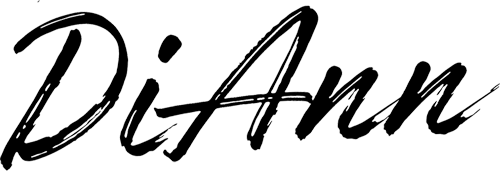By DiAnn Mills @DiAnnMills
A reader asked me how I discover the antagonist when I write a story. The short answer is: discovering the bad guy or guys is as much a surprise to me as the characters and the reader.
For those of you who know me … and my OCD with organization, discipline, and schedules, the thought of my plotting by the seat of my pants may be a little difficult to comprehend.
Except it’s true.
Every writer has a method of creating a story. Mine is all based on creating an adventure for readers.
How can I send readers down a suspenseful path unless I experience it myself?
To figure out my antagonist, I must first know my protagonist. Since I’m a character-driven, organic writer, everything rises from a three-dimensional character who will be my hero or heroine. My storyline churns from a “what-if” scenario. From there I spend hours, weeks, sometimes months creating the who and why a character is the only one to play a hero’s role.
The process moves from a basic idea about the protagonist to a multi-page characterization sketch where I complete exercises and questions. My sketch has grown and been fine-tuned through two decades of writing.
The goal is to learn the personality, backstory, goals, wants, needs, strengths, weaknesses, triumphs, failures, and motivation propelling the character into action.
What does this have to do with the antagonist? I complete the same characterization sketch for my bad guy, discovering the motivation behind his/her actions and behavior. The difference is developing a character who has strengths in areas where my protagonist is weak, and to give the antagonist an edge on how to defeat the protagonist.
I want to show my antagonist:
- Resourceful
- Unlikely to be the bad guy
- Highly motivated
- Redeemable qualities
- Possesses attributes of charm, wealth, ability to manipulate others, and/or extremely intelligent
There are times when I have to let my story rest for a few days until I figure out the who and why. But the whodunnit is always an adventure.
How do you discover an antagonist when reading or writing your story?


